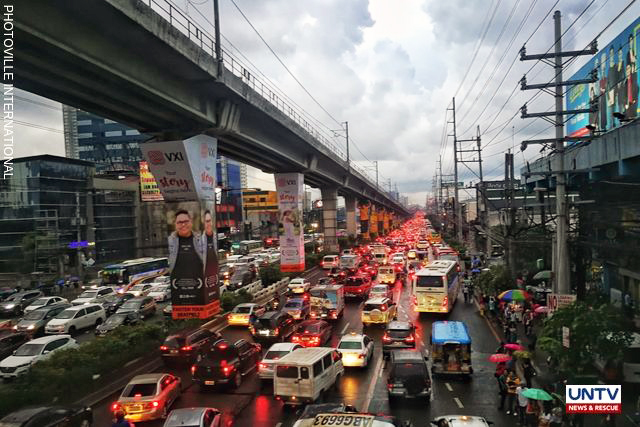
Photo Credit: Wheninmanila.com
Interestingly, traffic flow is like blood flow.
Blood circulation is one of the many parts and systems that comprise the human body – an almost perfect machine with a master template that enables the body to function as one.
When we are born, the blood circulates normally to distribute oxygen and nutrients to, and collect waste from body parts so that they can, as one body, function normally. The blood follows bodily functions so no blood gets lost or wayward, lest some organs get starved of oxygen or nutrients, and the body dies.
As we get older and indulgent, plaques from cholesterol build up on blood vessel walls and become blockages that slowdown or worse, stop blood flow. To normalize blood flow, blockages have to be removed, or a bypass is needed.
Air, sea and land traffic like blood flow, must have a master plan with designs and rules to ensure smooth flow. For example, too many air or sea arrivals at one time could cause land traffic. Surely, we have a master transportation plan. The question is – are we following the master plan?
In September this year, a recent study of the Asian Development Bank (ADB) finds Metro Manila is the most congested city in Asia, and that congestion arises when demand for travel exceeds the maximum capacity of the transportation network.
In September this year, a recent study of the Asian Development Bank (ADB) finds Metro Manila is the most congested city in Asia, and that congestion arises when demand for travel exceeds the maximum capacity of the transportation network.
I can name so many blockages in our streets, mostly caused by poor engineering, education and enforcement – parking along busy streets takes away at least one lane; double parking robs another lane; jaywalking and potholes slow down traffic; vehicles stop or are trapped in intersections preventing vehicles from going forward on green light; busses and jeeps take and discharge passengers on the road instead of at bus stops; street repairs performed during business hours; intersections too close to each other; u-turn, instead of cloverleaf-type traffic flow in highways; frequent swerving; tricycles in busy streets; no by-pass road when clearly, the situation demands it; etc.
There are some suggestions to decongest Metro-Manila traffic such as – widening roads, modernizing mass transit buses, increasing point-to-point (P2P) buses, improving public railway systems in a major way, while reducing the number of private cars on the main arteries. Traffic congestion could be effectively curbed via car sharing or car pooling, having a minimum vehicle occupancy during peak hours (also called High Occupancy Vehicle or HOV), teleworking arrangements, one day home-study/online study per week, and above all, improving reliance and cleanliness of public transportation buses and railway systems such that the white collar worker would prefer to take public transportation to and from office on a daily basis than drive their car.
A first step to address our traffic congestion problem in Metro-Manila is to designate a Traffic Czar. In my opinion, the best person for this job is the PNP NCR Head, with all the resources and authority this position holds. These will prove essential and critical in traffic management.
The PNP NCR Head can be tasked to remove all road blockages and enable bypasses to ensure smoother traffic flow in Metro-Manila. He would have authority to direct and redirect traffic in primary, secondary and tertiary roads without any hindrance from the Metro-Manila city mayors.
